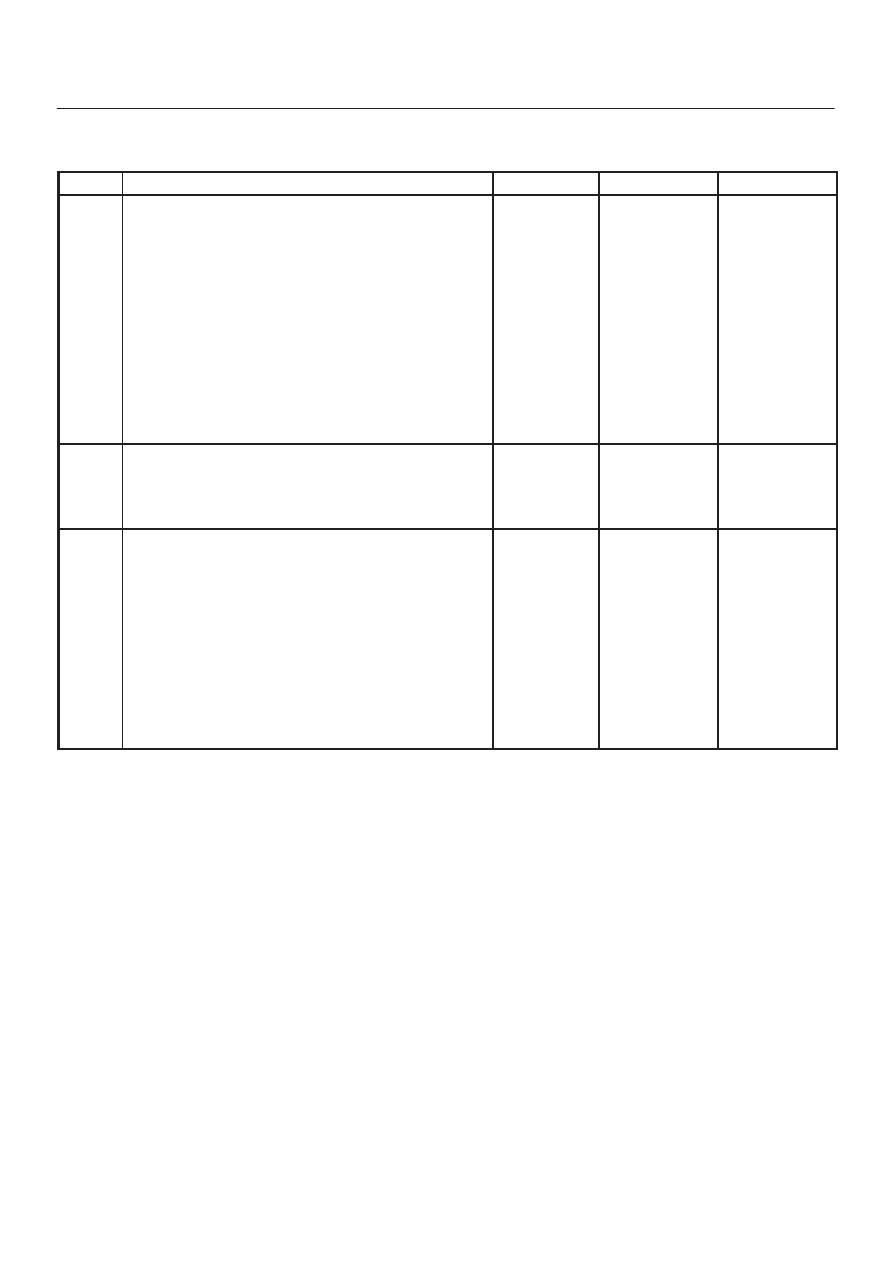Isuzu Trooper (1998-2002 year). Manual - part 634

6E–184
4JX1–TC ENGINE DRIVEABILITY AND EMISSIONS
Rough, Unstable, or Incorrect Idle, Stalling Symptom
(Cont'd)
Step
No
Yes
Value(s)
Action
9
1. Check for the following engine mechanical items.
Refer to
Engine Mechanical for diagnosis
procedures:
D
Low compression
D
Sticking or leaking valves
D
Worn camshaft lobe(s)
D
Camshaft drive belt slipped or stripped
D
Incorrect valve timing
D
Valves clearance
D
Broken valve springs
2. If a problem is found, repair as necessary.
Was a problem found?
—
Verify repair
Go to
Step 10
10
1. Check for faulty engine mounts. Refer to
Engine
Mechanical for inspection of mounts.
2. If a problem is found, repair as necessary.
Was a problem found?
—
Verify repair
Go to
Step 11
11
1. Review all diagnostic procedures within this table.
2. If all procedures have been completed and no
malfunctions have been found, review/inspect the
following:
D
Visual/physical inspection
D
Tech 2 data
D
Freeze Frame data/Failure Records buffer
D
All electrical connections within a suspected
circuit and/or system.
3. If a problem is found, repair as necessary.
Was a problem found?
—
Verify repair
Contact
Technical
Assistance